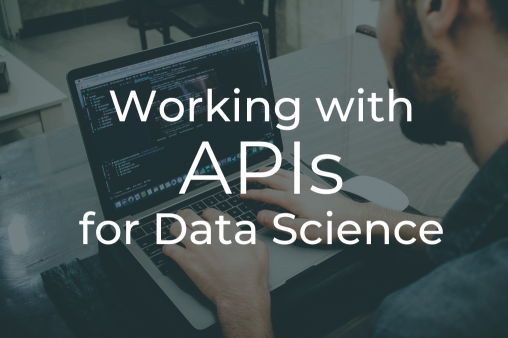Introduction
Imagine you’re a chef, and you need ingredients to cook a dish. You wouldn’t buy the whole grocery store, right? You’d pick only what you need. The same logic applies when you’re fetching data for your business projects. This is where APIs come in, acting like grocery stores for data. But you’ve got to be smart about what you “buy,” or in this case, query, so you don’t waste time or money. In this article, we’ll guide you on how to smartly use APIs to get only the data you need.
Understanding the API Documentation
Before you start making calls to an API, it’s important to understand its blueprint—aka its documentation. Here’s what you should specifically focus on:
End Points
Endpoints are essentially different ‘aisles’ in our data ‘grocery store’. Each endpoint serves a specific type of data. For instance, if you’re using a weather API, one endpoint might provide current weather conditions, while another might offer historical data. Knowing which endpoint to hit is vital for efficient data retrieval.
Always make sure you’re querying the right endpoint for the data you need. If an API offers multiple endpoints that can serve similar data, compare them to see which one is more efficient in terms of the data returned and the number of API calls required.
Parameters
Think of parameters as the ‘filters’ you apply when searching for a product online. They help you narrow down your choices. Most APIs allow you to add parameters to your queries so you can specify the exact slice of data you need. For example, you could use parameters to retrieve data from the past week instead of the whole month, or get information for a specific geographical area.
By using parameters effectively, you not only get the data that’s most relevant to your project but also reduce the volume of data transferred over the network, saving both time and potentially cutting down API costs.
Query Strategies
Batch Requests
Rather than making individual requests for each data point, look for APIs that allow batch requests. This approach minimizes the number of API calls and is particularly useful when dealing with rate limits.
Pagination
APIs typically paginate their data to restrict the amount sent in a single call. Learning to navigate pagination effectively can improve performance and decrease resource usage.
Throttling
Rate limiting is a common practice to prevent server overload. Be cautious of the maximum number of requests allowed in a given timeframe and plan your queries accordingly.
Real-time vs Historical Data
While some projects may require real-time data, others might need historical data. Make sure your chosen API can accommodate these requirements.
Field Selection
One significant way to optimize your queries is by selecting only the fields you need. Doing so avoids the overhead of fetching and processing irrelevant data.
Data Types
Verify that the data types returned by the API align with those in your database or analytical tools, ensuring seamless integration and reducing the need for additional data transformation steps.
Security Measures
Authentication
Most APIs require some form of secure authentication, whether it be API keys, OAuth tokens, or JWT tokens. Make sure you understand what’s required for your specific API.
HTTPS
For security reasons, prefer APIs that communicate over HTTPS rather than HTTP.
Versioning
APIs often have multiple versions available. While newer versions may offer advanced features, older versions tend to be more stable. Consider your specific needs when choosing a version.
Testing and Iteration
Before committing to a particular query strategy, extensive testing is necessary to ensure efficiency. There are some API testing tools like PostMan that can help you do that. If you are working with Google Ads or Facebook Ads marketing APIs then these platforms provide their own API testing environments as well.
Conclusion
The way you query an API in your data science, data analytics, or AI/ML projects can significantly impact performance and costs. By understanding the API documentation, optimizing your query strategies, and focusing on security and compatibility, you can fetch the data you need without breaking the bank or waiting through slow loading times. Keep these best practices in mind to align your API queries with your project requirements or your agency’s focus on delivering high-quality, data-driven solutions.
I hope the simplified introduction makes the content more accessible to a broader audience. Feel free to provide any more feedback.


